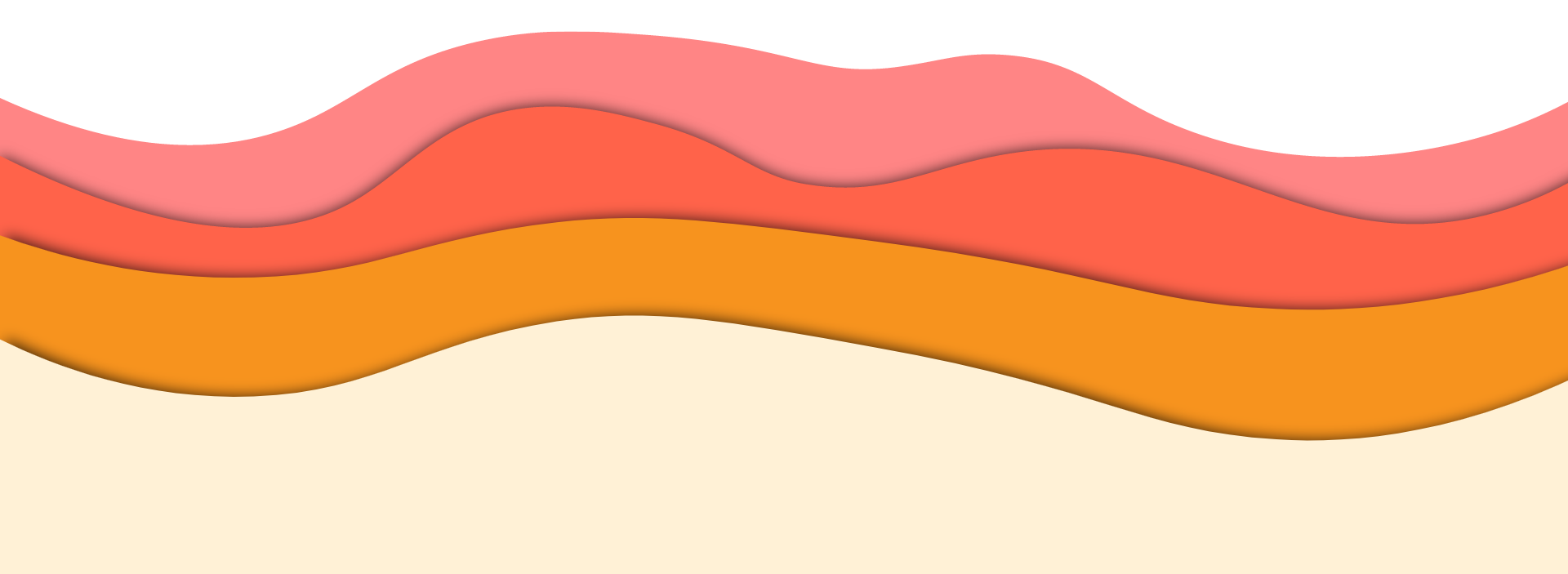Diastolic (i.e. filling) function
Between contractions, the heart’s ventricles relax (known as ‘diastole’) and fill with blood which has been pumped through from the atria. An echo scan measures the manner and speed with which the ventricles fill – this is ‘diastolic function’. Diastolic dysfunction suggests that there is increased resistance (or stiffening) within the ventricles, and is measured in severity from grades I-IV. Grade I diastolic dysfunction is a very minor abnormality, and is often an expected finding in older people. Grade IV diastolic function (sometimes called ‘restrictive physiology’) suggests a very stiff heart; this can be caused by a number of conditions (such as high blood pressure or coronary artery disease) and may need further investigation, particularly if it is causing symptoms.

